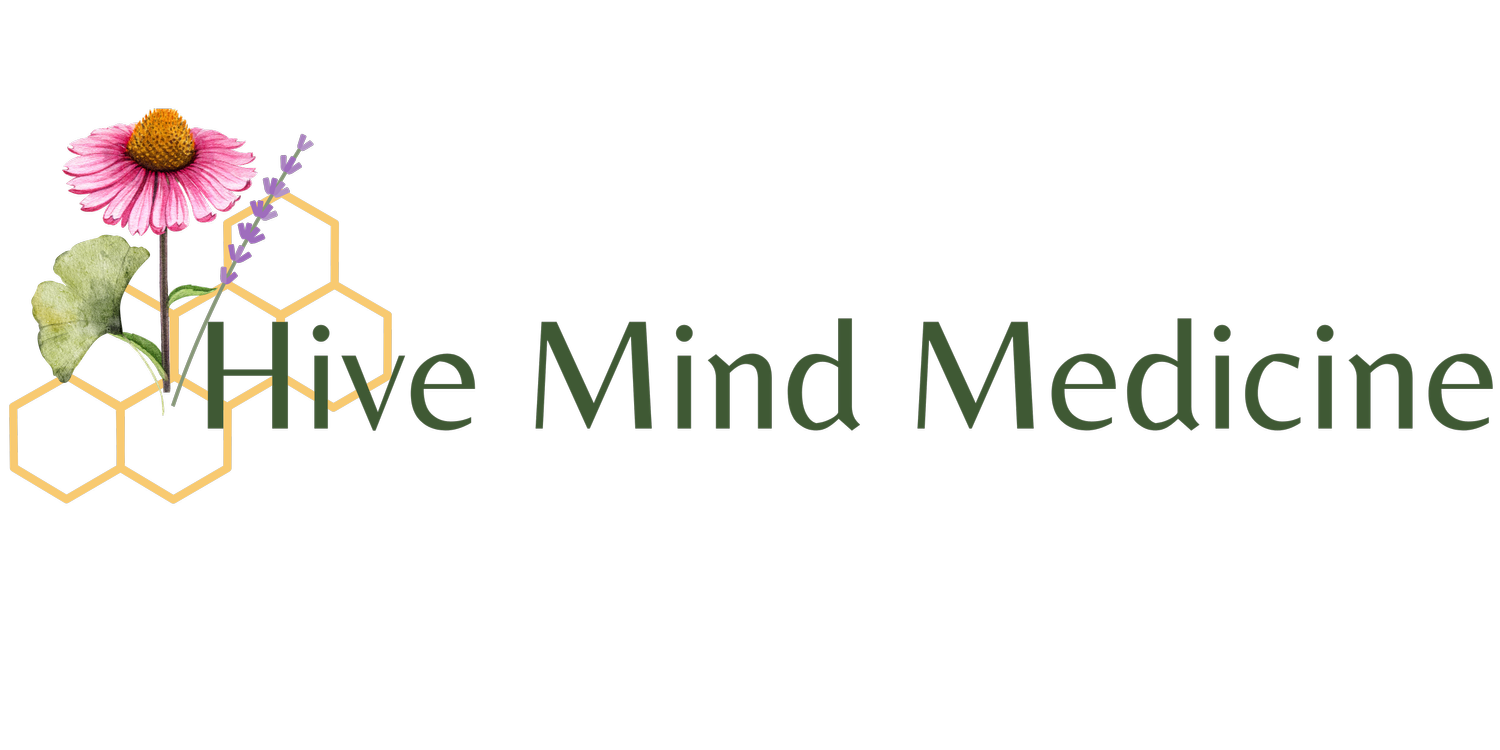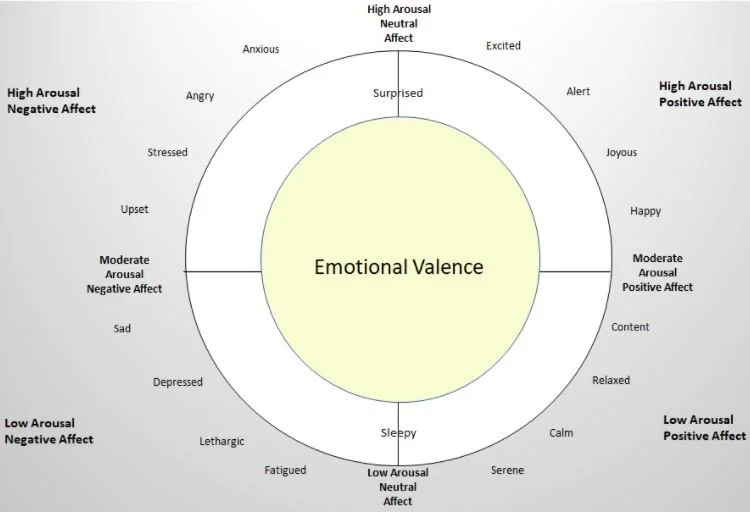Early Memories and Digestion
KAYLE SANDBERG-LEWIS BCN-FELLOW, MA, LMT
We live with Lev and Igor, two cats who are probably brothers. Not much was known about their origin when I adopted them from the Humane Society in December of 2019. Feral, they had been rescued and shipped from California. They were estimated to be about 12 weeks old and apparently past the window for bonding with anyone other than each other. At first they hid whenever I walked into a room, but now they tolerate my presence. They can be playful and are certainly motivated by food, but their digestion, in spite of our resident expert’s best efforts, remains problematic. They are anxious much of the time which means their sympathetic nervous systems are cranking away, keeping them from optimally digesting their food. Their veterinarian agrees - they suffer from “nerves”.
Remember Pavlov? He “taught” dogs to salivate by repeatedly ringing a bell when he was about to feed them. Eventually, simply ringing the bell prompted salivation. Salivation is part of the cephalic phase of digestion. The cephalic phase is when the digestive tract, in anticipation of eating, starts releasing digestive secretions - everything from saliva to insulin. Based on their experience, the dogs believed that food would appear when the bell rang and their digestive systems geared up for chow time.
The cephalic phase is triggered by associations with positive memories of meals past, visualization of food and/or the aroma of food. This phase is entirely reliant on the vagus nerve and parasympathetic dominance (or “low arousal)”.
During each new client interview, I ask questions about eating habits, both current and historical. I have written before on how the autonomic nervous system is “listening in” on how one eats, making assumptions about whether there’s a predator lurking. While I encourage healthy foods, I am not trained in determining whether a specific diet is appropriate for an individual so my language is centered around how a patient eats, “I’m not as interested in what you eat as I am in how you eat it.”
“What were mealtimes like in your family of origin?” has elicited answers as varied as my clients. I have worked with siblings who described diametrically opposed realities. It doesn’t matter who is “right”. What matters is the emotional valence of those memories; what the individual carried out of the family of origin informs how their digestion functions now.
If this chart were a clock, optimal digestion would occur between 2:30 and 6:30.
What if someone were raised in a home where most meals landed on the left side of this chart? Could they have digestive problems akin to those of Lev and Igor?
As adults they may suffer from digestive disorders that do not respond to treatments. Cultivating low arousal and clearing away historical debris is probably necessary to allow a shift to digestive ease. Cultivating low arousal is my specialty at Hive Mind Medicine. I have written about it in previous posts regarding the autonomic nervous system.
Kayle Sandberg-Lewis holds an MA in Behavioral Medicine, the study of how what we do affects our well-being. She has over three decades of experience in stress management, including cultivating low arousal, and has been providing neurofeedback, in which she is board certified, since 1996. In 2019, she co-founded Hive Mind Medicine, where she currently provides neurofeedback for clients.
Hive Mind Medicine blog posts are for educational purposes only and are not intended as medical advice. Please consult with your health care practitioner for personalized guidance. Click on the contact button below if you would like to schedule with one of our Hive Mind practitioners.


